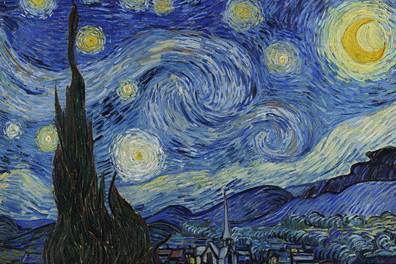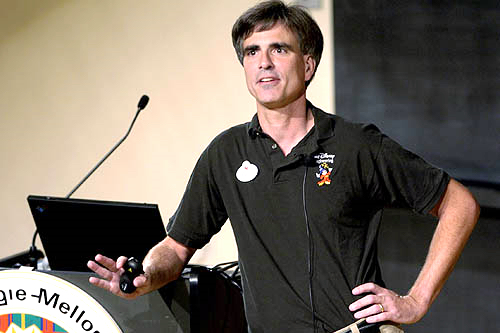In My Next Life.
I don’t get it, and I have written many articles about my interest in astrophysics. The only science class in the twelve years from college to my post-graduate years was geology. However, Carl Sagan and his Cosmos series in 1980 captivated me. For more than four decades, I have been fascinated by the cosmos. The result is an ever-growing litany of questions about how we fit into the universe. Merely glancing at the cosmic calendar, I ponder, wonder, and question.

In three weeks, I will reach eighty-one years of journeying down my yellow brick road of life. Having done two dances with death, I have accomplished much at one level. I’m still kicking.
Nevertheless, in the grand scheme of things, I have been around less than two-tenths of the last second on the Cosmic Calendar. For much of my time on my yellow brick road, my goal is to live longer than George Burns, which means I can’t croak until March 10, 2043. Even if I realize my long-held desire, I won’t get closer to two-tenths of a second of the last second on the Cosmic Calendar. That is a numbing reality I’m facing.
So, what motivates me about astrophysics? Much of what we think we know regarding the cosmos will have been reexamined and rewritten by January 20, 2043.
I can grasp Lambda-Cold Dark Matter Expansion, commonly called the Big Bang, which predates us by 13.8 billion years.

Now, I wonder what is beyond the cosmos. If it is expanding, the universe is expanding to what? Another unresolvable query is: what was there prior to the Big Bang?
In my world of query, astrophysicists are dealing with some potentially fatal flaws of the Big Bang. They haven’t even addressed my mundane questions, and now they raise more questions. Are there other universes? Are there multiverses or parallel universes? Now, that question is beyond the pale for me, but if there were, would our laws of physics be the same?

This might be a photo of the multiverses.
Astrophysicists once thought that galaxies were created around 13.7 billion years ago. However, these newborn galaxies were too fragile to even develop well. The consensus was that galaxies like ours emerged around 6 billion years after the Big Bang. Many believe that many galaxies date back to 3.7 billion years after the Big Bang.
Astrophysicists have discovered the largest known black hole, Phoenix A, in the Phoenix Cluster. The Phoenix Cluster is 8.5 billion light years away from us. Astrophysicists have spent more time probing into this cluster than any other cluster in the universe. It has 1,000 galaxies and creates a vast number of new stars annually. The Milky Way gives birth to a new star yearly. Phoenix A’s birthrate is 740 times greater than our Milky Way.
Researchers have found a massive black hole 100 billion times larger than our sun in the middle of Phoenix A. The diameter is 100 times the distance between the Sun and Pluto. If you traveled at the speed of light, it would take 71 days to go around the circumference of the black hole. The birth of Phoenix A resulted from supermassive black holes colliding with each other close to the time after the Big Bang.
This is an animation of the creation of the Phoenix A black hole.
What fascinates me is that massive black holes are often at the center of galaxies. Black holes swallow all sorts of matter, which creates stars or galaxies, and/or the black holes are the seeds for creating that process. It is also interesting that a German lawyer and cartographer was the first to discover the southern constellation in 1603.
This is Bayer’s drawing of several southern constellations. In the lower-left corner, you will see the Phoenix Constellation.

Bayer’s drawing of the southern constellations
He named it the Phoenix Constellation based on Greek mythology. The phoenix dies and is resurrected into another phoenix. Four centuries ago, the idea of dying stars and black holes creating new cosmic life in galaxies, suns, and planets was beyond their imagination.
In my next life, I will be an astrophysicist. Even more intriguing is that I will be inquisitive about things unrelated to astrophysics. And so, it goes.
This video is of Phoenix A’s black hole.











